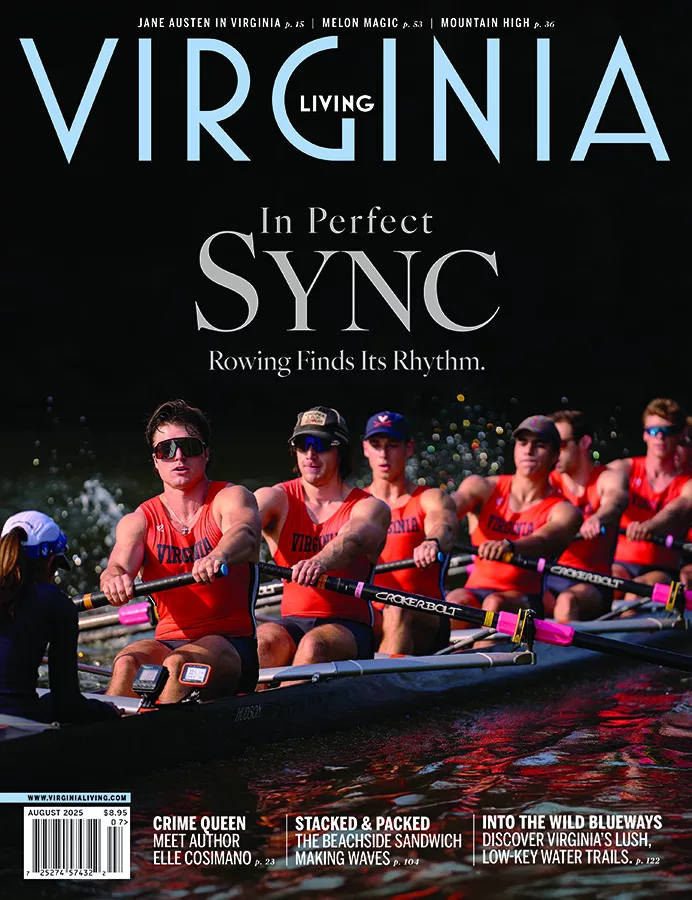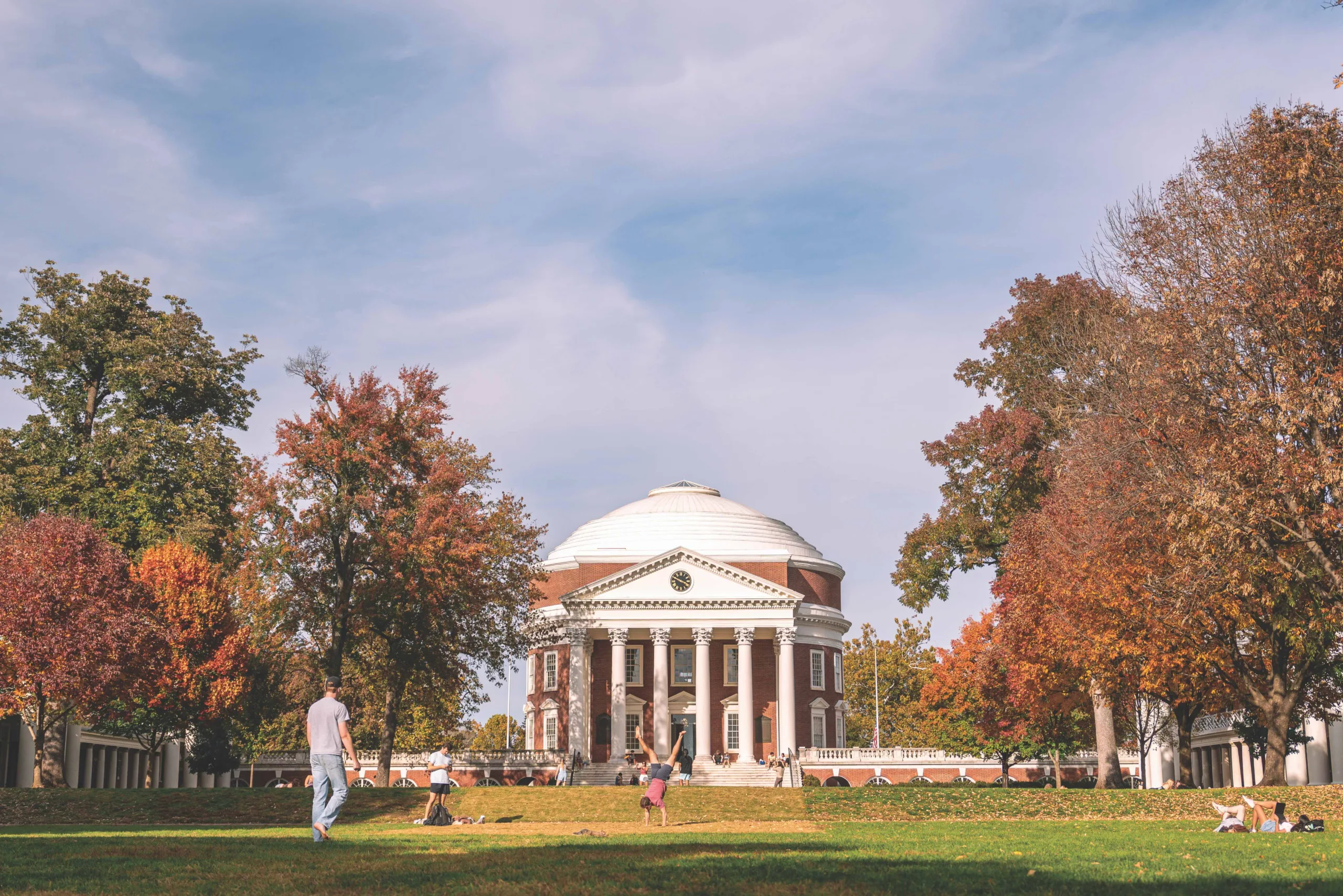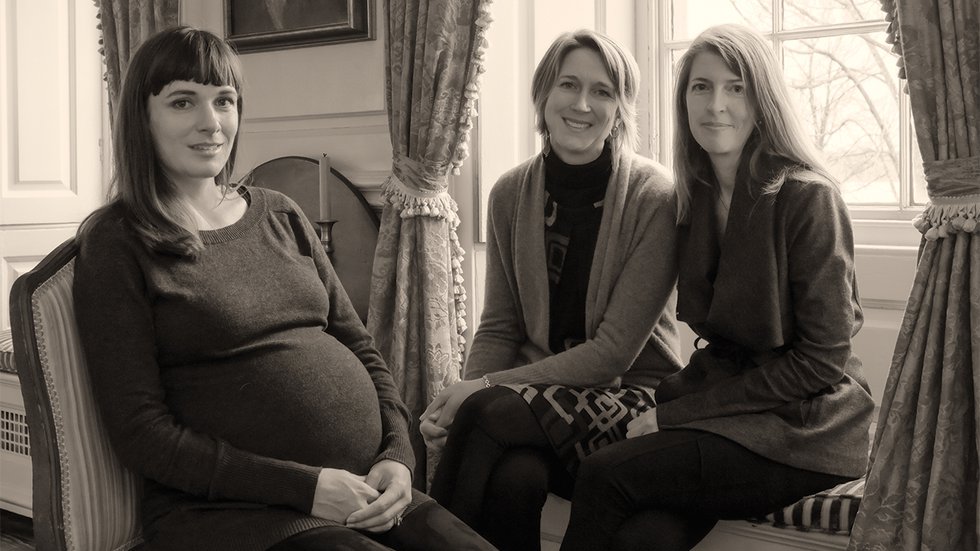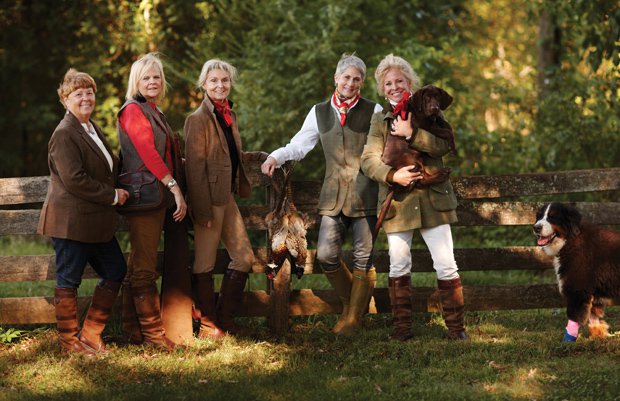What to do with an ailing peregrine falcon, or an injured white-tailed deer? Take it to the Wildlife Center of Virginia, one of the world’s leading research and training hospitals for veterinary medicine. Watch those talons!


Scarlett, a red-tailed hawk.

A turtle recuperates from a shell fracture caused by a lawnmower, a common occurrence.

The front entrance of the Wildlife Center; right, Dave McRuer, director of veterinary medicine, better known as “Dr. Dave.”

This great horned owl is used for educational presentations.

Pignoli, an eastern screech owl, is missing an eye.
Mr. Dodo was an American toad of no particular distinction. He did not, for example, have madcap adventures in motorcars nor count among his friends a mole and a water rat. Nevertheless, simply by going about his ordinary toad life, Mr. Dodo earned the steadfast affection of the Virginia family in whose yard he made his home; each spring, his reappearance after a winter’s hibernation occasioned general delight and celebration. Respectfully left to his toad habits, he grew contentedly on his steady garden diet of bugs and slugs. All was well.
Then one year, catastrophe struck. Dad was rototilling, Mr. Dodo was abiding unseen, and in one brief, terrible moment, their paths converged. Mr. Dodo suffered a grievous wound, a deep laceration to his back. Children weeping, parents distraught, the family tenderly bundled up the toad and rushed him to Waynesboro, where Mr. Dodo was delivered, with much earnest entreaty for his care, into the hands of the staff of the Wildlife Center of Virginia.
Founded in 1982, the Wildlife Center is a veterinary hospital for Virginia’s wild creatures, treating an ever-varying cast of fauna large and small, from orphaned black bears to box turtles with broken shells. In 2009 alone, the Center admitted more than 2,500 animals for treatment, including two rare peregrine falcons, 45 mice, 101 white-tailed deer, 64 red-tailed hawks, and one five-lined skink.
The Wildlife Center, which is supported almost entirely by private donations, is also one of the world’s leading teaching and research hospitals for wildlife medicine, focusing on issues from conservation and environmental education to disease surveillance and bioterrorism. The Center’s staff is involved in telemedicine, education and consultation with wildlife centers and veterinary teaching institutions around the world. It also consults with and advises local, national and international government organizations. In 28 years, the Center has trained some 900 veterinarians and 22 post-doctoral interns or residents from the U.S., Canada and 32 other countries; in addition to the three staff veterinarians, there are usually one or more students training at the Center, some only for a few weeks and others for months or longer. Through its outreach and education programs, the Center also reached more than 1.4 million Virginia schoolchildren and adults over its years of operation.
“It is not success in our mind to be one of the best or to do well what other people can do as well or better,” says the Center’s president and co-founder, Ed Clark. “Our mission is to blaze new ground, learn new things, and empower other people to do more, and that is something to which we have been loyal and true since the beginning.”
Every patient that arrives at the Center offers an opportunity for the staff to expand its knowledge and broaden its expertise. “We want to make the patients here better and get them back to the wild,” says director of veterinary medicine Dave McRuer (known at the Center as “Dr. Dave”). “But they are also training opportunities.”
In Mr. Dodo’s case, the question was how to give anesthesia to a toad in need of stitches. Because the skin is part of an amphibian’s respiratory system, explains McRuer, the solution was not a toad-sized breathing mask bur rather mixing the liquid form of the anesthesia isoflurane with a lubricant. “We rubbed it on Mr. Dodo’s belly, and that put him out.”
Fifteen stitches later—quite a sum for a toad the size of an orange—Mr. Dodo was settled in a comfortable temporary habitat much to his liking, with a pond for soaking, logs to hide in and his daily portion of earthworms and crickets for food. And after several weeks of careful attention and monitoring, one fully recovered American toad was picked up by a jubilant family and returned to his garden life.
Mr. Dodo is one of the nearly 55,000 animals, large and small, representing more than 200 species, that have passed through the Wildlife Center’s doors over the years. The Center doesn’t give them names (Mr. Dodo arrived with his already given), only a patient number, which serves both as a functional tracking tool and a subtle reminder that although some may spend months at the Center, the patients here are not pets, but wild animals. Whenever possible, the Wildlife Center aims to return them, like Mr. Dodo, healthy and ready to survive, to the wild environment that is their natural home.
In its earliest days, the Center operated out of a horse barn. Founded to meet the need for a veterinary facility that could specifically care for and rehabilitate local wildlife (its first five patients, all raptors, came from the Charlottesville SPCA), the Center, in its first full year, carried out its mission on a $14,000 budget that seemed almost a dauntingly large sum to raise from donors at the time, according to Clark. Now, on a $1 million annual budget that still is raised almost entirely from individual donors, the Center occupies a purpose-built, geothermally heated and cooled facility tucked unobtrusively into a wooded hillside on the flank of the Blue Ridge Mountains just outside Waynesboro. Here, staff members and volunteers meet the daily challenges of caring for patients that often, unlike Mr. Dodo, come liberally equipped with claws, beaks, teeth or talons and may be inclined to regard their human caretakers as dangerous threats to be fended off. If you’ve ever tried to give a pill to a cat, you can imagine the ingenuity it might take, say, to check the wounds on a bald eagle or give a physical to a full-grown snapping turtle.
“There is no typical day,” says McRuer, who came to the Center for a residency position in 2006, ended up staying, and today speaks from thoroughly earned experience. He’s a vet who knows his way around stethoscope and syringe but also has learned the value of thick, gauntlet-length gloves and the wisdom of wearing a face shield when working with long-beaked wading birds. As for skunks? “We usually assign our newest student first rights of examination,” he says.
He’s kidding. Actually, when treating skunks, the vets typically use mild sedation, a blanket to cover the animal, and the wisdom to “point the business end in the opposite direction,” McRuer says. And by the way, a toilet plunger makes an effective tool for gently stymieing a snapping turtle.
Minimizing stress to the animals is a priority, though at the same time the staff members and volunteers at the Center decidedly don’t want to be liked by their patients. The animals need to maintain their natural, healthy wariness of people—the better to integrate back into the wild after treatment—so contact between humans and animals is limited to what’s absolutely necessary for the animals’ care. Because some very young animals, such as birds, can develop an identification with and attachment to humans instead of their own species, the staff employs strategies like feeding young raptor nestlings with hand-puppets that look like adult birds, or dressing in bulky, shapeless costumes and head coverings when bottle-feeding bear cubs. The Center has a female great horned owl in permanent residence that regularly serves as a surrogate mother for young nestlings and “does a wonderful job at making the owlets hate us. Perfect!” says McRuer.
One of the vet’s more memorable days involved another great horned owl and what sounded at first like a relatively simple task: returning a nestling to the nest from which it had fallen. Only that nest was 70 feet up in a skinny pine tree, and by the time Dominion Power company—a longtime supporter of the Center—had brought in one of its biggest bucket trucks to assist, darkness had fallen and the wind had picked up. The parents could also be seen flying by on occasion, and Dr. Dave was not unaware that the great horned owl has some of the most powerful talons in the raptor family and a reputation for being very territorial. Nevertheless, up he went in the bucket, there to discover that at the truck-arm’s full extension he was still four or five feet short of the nest. As the tree swayed in the wind, the intrepid veterinarian (attached by safety harness) climbed on to the bucket’s rim and gently placed his patient, which had been safely held in a pillowcase, back into the nest. “And then,” says Dr. Dave, “we got down as quickly as possible.”
Most days at the Center, of course, don’t call for quite so much derring-do. Indeed, for some of the creatures being treated there, “patient” is the operative word. Turtles, for example, have such slow metabolisms that it can take weeks for an infection to show symptoms and months for a broken shell to heal. Turtles that arrive at the Center in late summer or early fall may end up spending the winter there, kept warm through their normal hibernation season so that they might—relatively speaking—heal more quickly.
Some orphaned animals simply need time to grow old enough and big enough to survive on their own. A black bear cub that arrived last July hungry and dehydrated and covered with ticks weighed less than five pounds on admission. But on a steady diet that included dog food, peanut butter, strawberries, tuna, birdseed, and crickets, he nearly tripled his weight in a few weeks. Meanwhile, he was gradually introduced to another, slightly larger young cub that had come to the Center in June when its mother and sibling were killed by a car. The two were kept isolated together, with minimal human contact, in an enclosure on the hillside behind the center, and by the end of July, still wild, they were ready to be released together on National Forest property.
Not every patient story ends so well. The Center depends on a statewide network of several hundred skilled volunteers, known as “permitted wildlife rehabilitators,” to care whenever possible for smaller animals and less critical cases. What arrives at the Center, then, is often the most serious cases. Says Ed Clark, “We are the trauma center and the intensive care facility. The animals we get, and the ones we want to see, are the ones most in need of intensive medical care.”
Unfortunately, some injuries or illnesses are so severe or debilitating that there is no hope for an animal’s ability to recover. A bird that can’t fly, for example, cannot survive. Still, some 40 percent of the Center’s patients are successfully treated and released, says Clark. “What is more important to us than simple numbers of release is that the animals we release are truly well and able to go back to the wild.”
As Virginia’s population continues to grow, however, “the wild” is increasingly a territory shared with or bordering our streets and cities and shopping malls. There are deer in our backyards, geese on the golf course, coyotes prowling the suburbs. This proximity puts the human population at greater risk for exposure to animal-borne diseases such as West Nile virus, Lyme disease and avian influenza, which is why a major focus of the Wildlife Center’s research activities is wildlife disease surveillance in regard to human health.
At the same time, too often it is human activity that directly or inadvertently sends animals to the Center. Free-roaming cats exact a steady toll; in 2009 alone, 222 animals were brought to the Center after being attacked by cats, and many of these could not be saved due to severe infections caused by bacteria carried on the cats’ teeth. Collisions with trucks and cars last year brought 127 cases to the Center. Lawn mowers, pesticides and lead poisoning (typically from lead shot in the remains of animals left in the field during hunting season) cause their share of damage as well. Nineteen patients in 2009, including two bald eagles, had been shot. And 324 animals in 2009 were what the Center calls “kidnap victims”—young animals such as deer fawn or fledgling birds that well-meaning citizens bring to the Center, having mistakenly concluded that the animals have been abandoned by their parents. One focus of the Center’s educational efforts, then, is to help the general public learn how to be good stewards of the natural world, which includes knowing when to leave well enough alone, knowing that the fledgling bird is testing its wings or that the fawn discovered behind your azalea has been hidden there intentionally by its mother, who will return for it later.
Still, it is often ordinary citizens who make the effort to get genuinely injured or ailing animals to the Center for care. And it is people who help support the Center with the financial and in-kind contributions without which it could not survive. Every young bear that ambles off into the woods with a second chance at life, every eagle that flies free again, and every toad that hops back into his home healthy and healed does so thanks to the Center’s many donors. “We never forget that the only reason our organization exists is because people support us with their hard-earned money,” says Ed Clark. “We are big enough to literally have an impact worldwide and small enough that every single donation makes a difference.”
Mr. Dodo would like to say thanks.
Spring and summer are busy seasons at the Wildlife Center. If you find an animal you think needs help, contact the Center for guidance. Telephone numbers for the Center and for area wildlife rehabilitators, as well as specific advice for some of the more common calls the Center receives, can be found at WildlifeCenter.org









